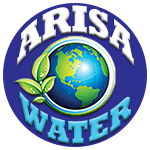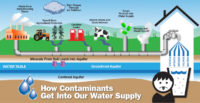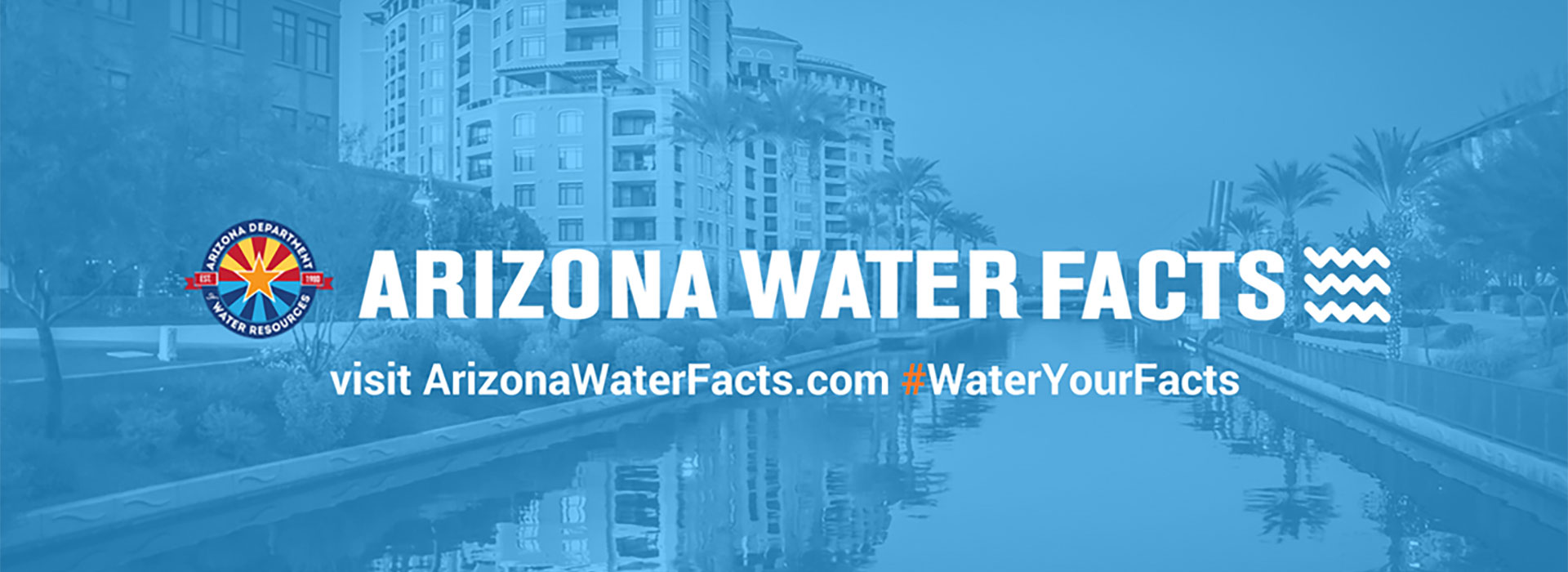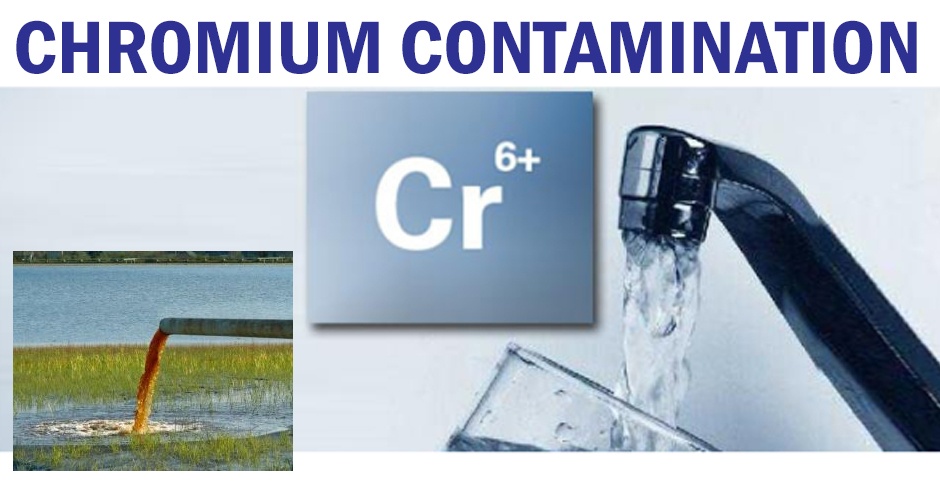What is nitrate?
[su_youtube url=”https://youtu.be/osBmoZXaQWY”]
Nitrate (NO3) is a form of nitrogen. It is a natural part of soil and groundwater. But in some areas, human activities such as fertilizer use and manure applications, have increased nitrate concentrations in drinking water to levels above EPA’s drinking water standard.
Why is nitrate contamination a concern?

Nitrate is an acute contaminant, meaning that one exposure can affect a person’s health. Too much nitrate in your body makes it harder for red blood cells to carry oxygen. While most people recover quickly, this can be very dangerous for infants and some adults. Infants exposed to high amounts of nitrate may develop “blue baby syndrome.” This illness is rare, but it can be fatal. Infants may be especially vulnerable if they are fed with formula mixed with water that has a high nitrate concentration. The current EPA MCL (Maximum Contaminant Level) is recommended at 10ppb. If your water contains more nitrate than this recommended level, then you should consider removing the remaining amount with at least a NSF/ANSI 58 rated nitrate removal reverse osmosis. Not all reverse osmosis systems remove nitrate, even if they are rated NSF 58. So be careful to choose wisely between reverse osmosis systems to ensure it’s removing the nitrates. Of course, Arisa Water has you covered in this area! Click here
For more information on:
- Health Effects of Nitrates, see Health Affects of Nitrates.
- Nitrate Water Testing and Standards, see EPA Basic Nitrate Information.






